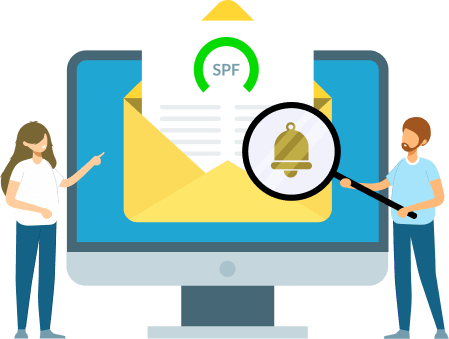
Despite new outreach channels springing up every year, email marketing remains one of the most effective ways to reach and engage with customers. A well-crafted email campaign can enhance brand visibility, foster customer relationships, and drive conversions. However, amid growing concerns about online security and deliverability, the term DMARC (Domain-based Message Authentication, Reporting & Conformance) often emerges in conversation. For many marketing teams, this raises an important question: Can we run email campaigns without DMARC? Let’s explore.
Understanding DMARC
Before we delve into the question of necessity, it’s essential to understand what DMARC is. DMARC is an email authentication protocol that helps protect your domain from being exploited by hackers and phishers. It operates by aligning SPF (Sender Policy Framework) and DKIM (DomainKeys Identified Mail) mechanisms to verify the authenticity of emails. This ensures that fraudulent messages attempting to use your domain are either blocked or flagged.
DMARC is massively powerful not only as a security measure, but also as an Email Deliverability enhancement tool. Since DMARC reduces the risk of spammers impersonating your domain, you build trust with email service providers. This trust translates into improved deliverability rates, as authenticated emails are more likely to avoid being flagged as spam or sent to junk folders. By effectively implementing DMARC, you minimize the risk of your legitimate communications being overshadowed by fraudulent activities. This not only enhances the visibility and engagement of your campaigns but also reinforces your brand’s credibility
Can You Run Campaigns Without DMARC?
Now let’s get to the main question at hand – can I do email campaigns without DMARC? As of right now, the answer varies depending on the size of your business.
For small businesses sending emails to fewer than 5,000 contacts, there are not any specific restrictions requiring DMARC implementation. However, opting out of DMARC leaves your domain open to spoofing attacks, which could permanently damage your Email Sender Reputation. So, doing nothing could be a costly mistake when compared to simply implementing DMARC in the first place.
Larger businesses are in a different boat since there are actual requirements forcing your hand. For bulk email senders (with lists containing anything more than 5,000 contacts), email service providers are requiring DMARC to be implemented before allowing your campaigns to go through. This radical limitation started in 2024 and has only tightened up since then.
Technically, it is possible to send an email campaign without DMARC, but doing so comes at a massive risk. Here’s why:
- Deliverability Challenges : Without DMARC, your emails might have a higher chance of being marked as spam. This can diminish your reach and engagement metrics.
- Security Concerns : The absence of DMARC leaves your brand open to exploitation, which can result in both short-term and long-term reputational damage.
- Competitive Disadvantage : As more companies adopt DMARC to safeguard their communications, not aligning with this standard could put you behind.
In other words, just because you can doesn’t mean you should.
Making the Transition to DMARC
If all this feels daunting, there is good news. Transitioning to DMARC compliance can be straightforward with the right planning and resources. Here are some steps to consider:
- Assess Your Needs : Understand the volume and type of emails your organization sends. This will help in determining the level of DMARC policy that suits your needs.
- Integrate SPF and DKIM : Before setting up DMARC, ensure your SPF and DKIM configurations are properly aligned. These protocols work together to verify email authenticity.
- Start with a Monitor-Only Policy : Initially, implement a ‘none’ policy to monitor your domain’s email traffic without impacting delivery. Analyze the reports for insights on unauthorized use of your domain.
- Gradually Increase Policy Strictness : Based on insights from monitoring, gradually tighten your DMARC policy to ‘quarantine’ and then to ‘reject’ as you become more confident in your settings.
- Educate Your Team : Make sure your marketing and IT teams understand the benefits of DMARC and how to handle potential issues that arise.
Not sure where to start? The best first step is to check your SPF setup. Many businesses already have an SPF record without even knowing about it, and cleaning that up is the easiest move towards total DMARC compliance.
Conclusion
While it is technically feasible to conduct email campaigns without DMARC, the associated risks outweigh the benefits. As authentication requirements get tighter and tighter, ensuring the security and deliverability of your emails through DMARC can position your brand as a trusted entity. By implementing DMARC, you not only protect your brand but also enhance the effectiveness of your marketing efforts. Prioritizing email authentication is a decision that could yield significant long-term benefits for your brand’s digital presence and success.

Ready to take the first step towards DMARC compliance?
Try our SPF Checker Tool today. It’s free!